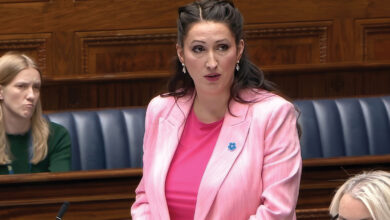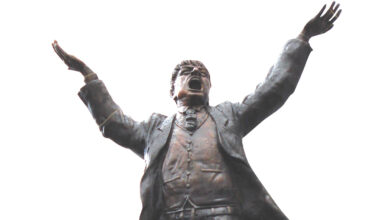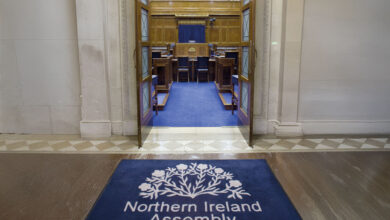Losing sight of our Presbyterian built heritage
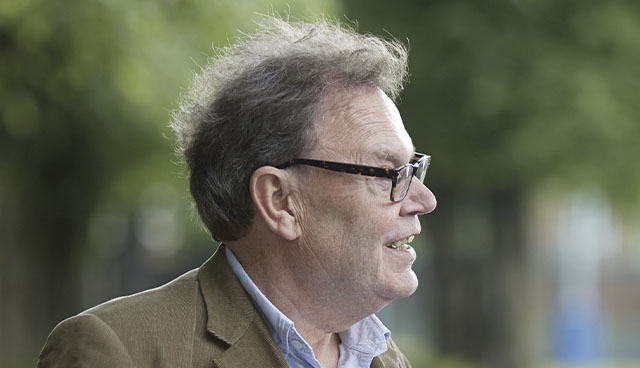
“If we cannot physically see a congregation or its place of worship, historically we become deaf to its narrative,” writes Tom Hartley, who has charted the central role Presbyterians played in creating the narrative of Belfast.
The first Presbyterian congregation in Belfast was formed in 1644, meeting in the old Corporation Church in High Street until 1668, when the first meeting house was built in the vicinity of the North Gate.
From 1668 to 1819, the growth of congregations was slow; only seven congregations were formed but with the increase in the city’s population in the nineteenth century, new congregations were established on the perimeter of the expanding town. Between 1820 and 1908, Presbyterianism in Belfast entered a period of dynamic growth with the formation of 61 new congregations. This included intense congregational growth in the 1860s, in the wake of the Ulster Revival of 1859, and again in the 1890s as Presbyterianism took root in the developing working-class areas of Belfast.
Between 1668 and 1908, the 68 Presbyterian congregations in Belfast built just over 100 churches. In this process they displayed a prodigious capacity and flexibility for the development and building of new meeting houses/churches and the associated infrastructure of church halls and schools.
The building of new churches ceased during the years between 1908 and 1927, possibly due to the impact of World
War I. Between 1927 and 1949, 15 new congregations were established. Of the 18 new congregations that emerged between 1950 and 1994, all but one were on the outskirts of Belfast.
Since Presbyterianism established itself in Belfast, 101 Presbyterian congregations have been created. In that period, they built 167 churches and substantially renovated many others. Add to this the building of church halls, over 100 national schools and three colleges, two substantial administrative buildings and a War Memorial Hostel.
However, by the last decades of the 19th century, long-established Belfast inner city congregations had begun to move to more affluent districts. Between 1874 and 1901, seven inner city congregations had relocated and of the 12 Presbyterian churches that constituted the historic core of Belfast Presbyterianism, only four remain.
This movement and loss of Presbyterian churches from the inner core of Belfast extended into middle Belfast in the period 1918 to 1941, when six churches closed. Further closures which began in the early 1960s were accelerated by the impact of secularisation and the unfolding political conflict that began in the middle of that decade.
Many Belfast Presbyterian congregations felt the loss of a generation of young people, who left to study in Britain and usually did not return. Added to all of this was the effect of urban renewal which, with its focus on improving housing stock and the demolition of older terraced housing, resulted in the break-up of old established communities and the consequential movement of population to the suburbs and the satellite towns around Belfast.
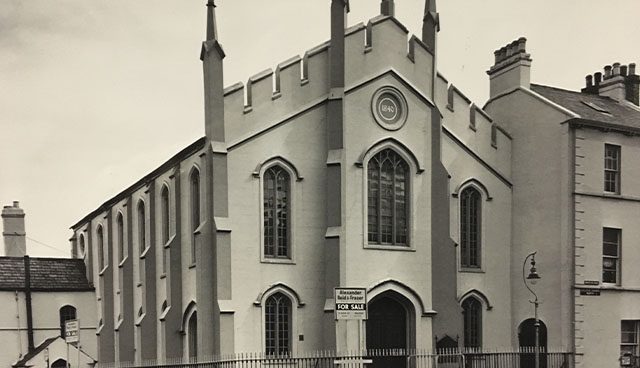
“When congregations closed, many of their buildings, in particular those early 18th- and 19th-century meeting houses, were either demolished or reconfigured as warehouses or business premises.”
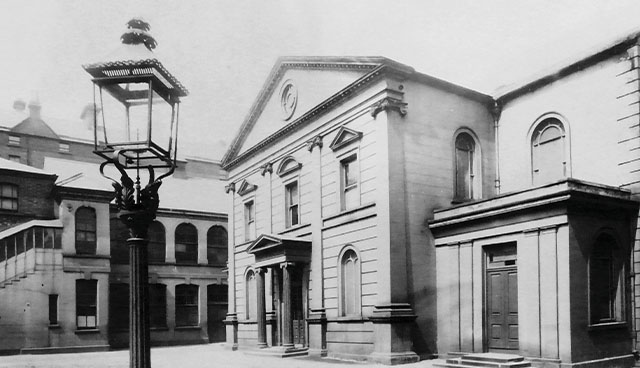
Between the closure of College Square North Church in 1964 and Windsor in 2022, 31 Belfast Presbyterian Churches have closed: 13 in the 1960s and 1970s; three in the 1980s; four in the 1990s; and 11 since 2000. Of those 31, 18 were located in north and west Belfast.
When congregations closed, many of their buildings, in particular those early 18th- and 19th-century meeting houses, were either demolished or reconfigured as warehouses or business premises.
With the passing of time, the memory of these old meeting houses faded and disappeared, and with that loss of memory, the dynamic contribution of those Presbyterian congregations to the life of their city and community also vanished. Of the 31 Presbyterian churches that have closed since College Square North in 1964, 12 have been demolished; if we cannot physically see a congregation or its place of worship, historically we become deaf to its narrative.
Therefore, in the preservation of these old Presbyterian churches we can hear the story of these hidden Belfast Presbyterian congregations. These stories from our past are a reminder of the central role Presbyterians played in creating the narrative of Belfast.
While their creativity found expression in increasing numbers of congregations, it was also one of the driving forces in the industrial expansion of the city. Politically, Presbyterians were found across the spectrum of Irish political movements, their curiosity often the motor in the formation of numerous Belfast intellectual societies, including the Linen Hall Library, the Literary Society, the Natural History and Philosophical Society, the Botanical Society, the Astronomical Society, the Naturalist Field Club, the Arts Society and the Library Society and the founding of the Belfast Academy, the Academical Institution and Victoria College.
A reading of the history of these societies and institutions provides ample illustration and proof of the intellectual contribution made by the Presbyterians of Belfast. Their contribution led to the emergence of a dynamic intellectual core that sought to bring advances in the areas of medicine, education, engineering, and the arts. Their story needs to be told and told again.
Tom Hartley is a former Lord Mayor of Belfast. Further information on Belfast’s Presbyterian built heritage can be found in Tom’s book Written in Stone: The History of Belfast City Cemetery.

